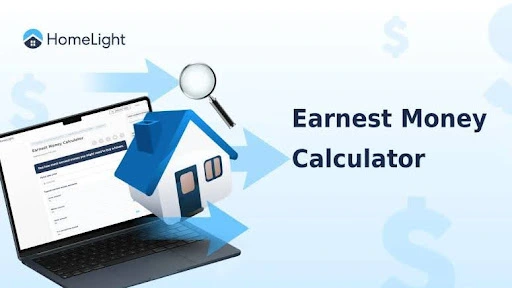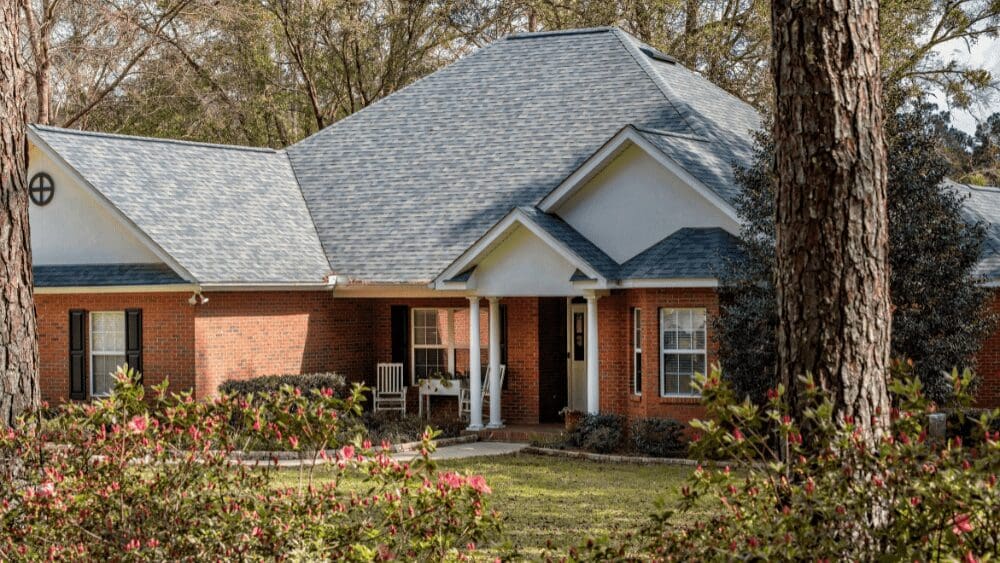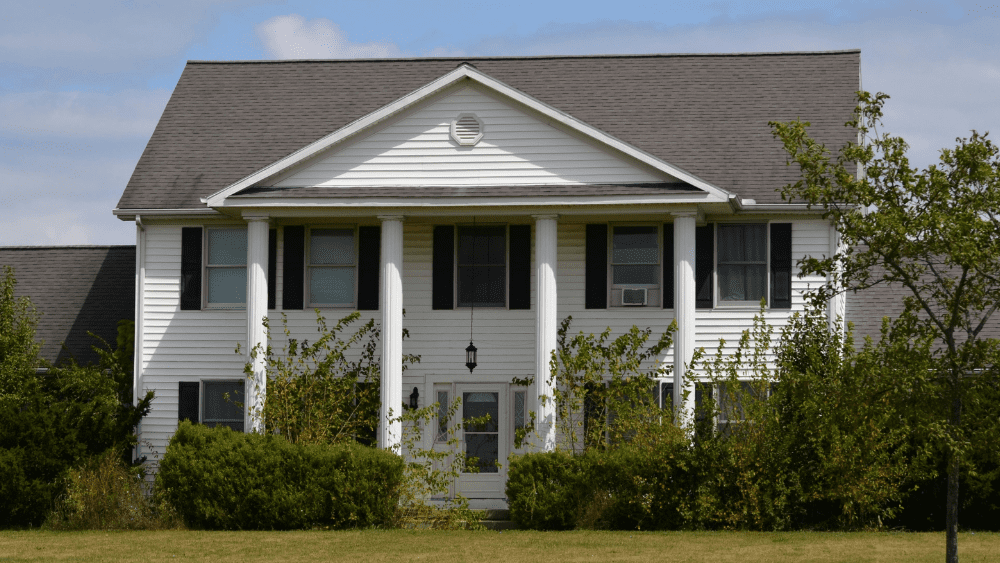
Known for being the land of presidents, the home of superman, and the creator of the deep dish pizza, Illinois certainly ranks as attractive for all types of homeowners. Take it from the 12.5 million people who call the state home! Even with an 18.6% decline in homes sold compared to this time last year, properties are flying off the market. That quick-paced environment, plus an increased median home price of $260,000, means some homeowners are holding off on their moving plans and focusing on repair projects. Yet making home repairs may be deprioritized in the communities without access to needed funds. The habitability of home structures has been a crucial focus for Illinois over the years. This emphasis gained speed with the passing of the Illinois Affordable Housing Act to meet the needs of low-income and very low-income households. In these communities, making a space livable means needing to access funds to do interior and exterior repairs. That’s why home repair grant programs are vital to ensuring safe and updated homes for low-income communities. We dove into HUD and reviewed some of the top counties across Illinois to ensure we knew the ins and outs of repair programs for income-eligible homeowners. Use this as a guide to home repair funding across the state so that you can remain comfortably and safely housed – without the financial distress. The Illinois Housing Development Authority (IDAH) focuses on helping individuals remain in their homes via its Home Accessibility Program (HAP). HAP provides those with disabilities and senior citizens up to $25,000 to repair and modify homes to ensure livability. The IDAH gives these funds directly to local institutions and non-profits for distribution. To receive funding, a homeowner must be at or below 80% of the area median income which differs by county and household size. For example, an eligible AMI in Chicago for a 2-person household is $66,700 or below. Further, one family member must be elderly or disabled to obtain the 5-year forgivable loan. Once approved, the homeowner can use the loan for repairs such as: An interested party would apply through HAP’s participating sponsors. Read more about this particular program offering here. The IDAH also supports low-income individuals in maintaining their households. The Single Family Rehabilitation Program offers up to $45,000 as a forgivable loan to households at or under 80% of the area median income and whose property is owner-occupied. The forgivable loans provide funding for the replacement of items such as: The program also offers a roof-only option to repair roofs, downspouts, and related structures with a forgivable loan of up to $16,500. Eligible households apply through local governments and nonprofits that distribute funds after receiving detailed documentation on repairs. Find out more about the program, eligibility, and application process at the IDHA’s website here. The Illinois Department of Commerce and Economic Opportunity supports low- to moderate-income communities with its Community Development Block Grant (CDBG) Housing Rehabilitation Program. It grants communities up to $550,000 or $50,000 per household to modernize and rehabilitate single-family homes. Local government institutions apply for funding to improve infrastructure and provide safe housing for low-income or disabled individuals. Eligible activities would include: Homeowners do not directly apply for grants; institutions need to apply and identify how the project will benefit 100% of low- to moderate-income individuals. As the homeowner, you can do your research to see if your community is eligible to receive a CDBG. Ineligible communities include urban cities/counties that receive HUD direct entitlements. You can read more about the Housing Rehabilitation program and find related documents here. The USDA Rural Development supports rural communities across the U.S. to modernize structures and create updated, affordable housing through its Section 504 Home Repair Program. The program provides loans up to $40,000 at a 1% interest rate across 20 years for low-income individuals. However, grants up to $10,000 are offered for homeowners age 62 or older. To be eligible, a homeowner must occupy the house in a permitted rural area, be unable to afford credit, and have an income that doesn’t exceed the county’s very low limit. For example, most 1- to 4-person income limits in Illinois are between $37,950 and $50,000, with Kendall County being an outlier at $57,050. A homeowner can utilize the USDA Home Repair loan to modernize and improve homes, whereas the grant is specific to removing health hazards. Applicants must apply through the state’s RD office and work with a USDA home loan specialist for support. Learn more about the Illinois USDA program here to determine if your address qualifies. One federal home repair program to tap into is the FHA’s 203(k) Rehabilitation Mortgage Insurance. The FHA offers 203(k) insurance to support a homeowner’s purchase or refinance and repair of a single-family home. The program insures a single, long-term, fixed or adjustable rate loan on properties at least one year old and in need of no less than $5,000 in rehabilitation through improvement activities such as: You’ll need to pay attention to the FHA’s mortgage limits in your area as the total value of the property cannot exceed that maximum. On average, counties across Illinois limit an FHA single-family mortgage to $420,680. 203(k) is a convenient and affordable option that saves the homeowner time and higher interest rates, making homeownership more accessible across income levels. You’ll apply through an FHA-approved lender and can find the list of lenders and other program details here. Have a less extensive rehabilitation under your hands? The FHA has you covered with the Limited 203(k) Mortgage, financing up to $35,000 to cover improvement projects identified by an FHA appraiser or inspector. Cook County is Illinois’ most populated county, including the windy city itself — and, as such, it supports several low-income communities with homeownership. The Housing Authority of Cook County has built different programs to develop safe housing for low-income individuals, including vouchers for mortgage payments and rental assistance. A few standout home repair programs across the county include: Learn more about home repair assistance in Cook County on its website to find a viable program for you. DuPage County is Illinois’ second largest county, home to cities such as Aurora, Wheaton, and Oak Brook. The county offers many programs to support low-income individuals in their homeownership, from mortgage assistance to vouchers for rentals. Specifically for repairs, Dupage offers its Single Family Home Rehabilitation program that provides a grant of up to $15,000 to address improvement projects. Eligible activities include health and safety fixes, moisture removal, electrical systems repair, and more. A homeowner must be referred by a DuPage County Program or local municipality to participate. Review other housing details and opportunities across DuPage county on its website. Lake County along the Lake Michigan shore is perfect for the adventurous and outdoorsy homeowner. The county also offers affordable housing for lower-income individuals, creating safe communities for those at or under 80% of the area’s median income. Some programs to note: Read up on more Lake County home repair opportunities here. Kane County is among the most populated regions in Illinois with over 515,000 calling it home. The county also has dedicated services to support low-income communities with home rehabilitation. Some of its offerings include: Learn more about Kane County’s funds for home repairs here and find out if you qualify. Many home repair grants or loan programs come with strict eligibility requirements. Further, most support low- to moderate-income levels, usually at or under 80% AMI. Not only are there eligibility requirements but also strict rules on how to utilize the funds — many home upgrades that aren’t essential nor check off health/accessibility functions are not permitted activities. For both of these above scenarios, you can get clever in reviewing other funding opportunities to upgrade your home. A home equity line of credit (HELOC) is an option for individuals with equity in their homes. Like a credit card, a HELOC is a revolving source of funds with a maximum available credit secured by home equity. HELOCs usually come with variable interest rates, and current Illinois rates are as low as 5.75%. There are two phases to a HELOC: a drawing period and a repayment period. A draw period is a time, on average ten years, in which you can draw from the available funds while making payments on only the interest. Upon completion of the draw period, you enter the repayment period and pay off the remaining balance, usually over 20 years. A HELOC is a decent method for obtaining emergency funds, especially if you have a dire home repair and don’t make the income-eligibility on other programs. A cash-out refinance is another method to obtain funding for home repairs, especially if you’re considering major work. Simply put, a cash-out refinance replaces your current mortgage with a new one that also provides additional cash funds. Most lenders only offer an 80% loan-to-value ratio, i.e., the loan can only be up to 80% of the home’s value. Let’s create an example. Say your current home’s appraised value is $200,000, and you owe $100,000 on your home. A cash-out refinance could give you a new mortgage of $160,000 (80% of the home’s value). You would pay off the old mortgage and use the remaining $60,000 for home repairs and closing costs. This funding option isn’t necessarily for an emergency repair situation. Most lenders want to see any health and safety hazards that might show up on an appraisal completed before a cash-out refinance. Further, the refinance puts you in more debt as the new mortgage may come with steeper interest rates and closing costs. Do you have a lot of repairs to make? Would you prefer to downsize as the birds have flown the nest? Don’t want to refinance or open a line of credit? If the answer is yes to any of these (or an endless stream of other questions), selling your home as-is might be your best option. Any repair project comes with expected and unexpected hassles. The value you’d create in your home needs to be worth the effort, and you may decide it’s not. You should first carefully review the pros and cons before making a decision on selling, including: Selling a home as-is looks different than the traditional home sale process. However, our Simple Sale platform is a great starting point if you decide this is how to proceed. The platform makes it easy to sell your home by providing a few details to a home consultant and receiving a payout in as little as ten days. You don’t need to give up on your Illinois home in the face of repairs, extensive or otherwise. Every county across the state provides different financial resources to support the habitability of your home. Whether a grant, low-interest loan, or HELOC, you don’t need to deprioritize improvements in the face of financial constraints. All you need is time for research, this guide, and an eager heart to stay sheltered in your home.Grants for home repairs in Illinois
IDAH Home Accessibility Program
IDHA Single Family Rehabilitation Program
CDBG Housing Rehabilitation Program
USDA Rural Development Single Family Housing Repair Loans & Grants
FHA’s 203(k) Rehabilitation Mortgage Insurance
How to find county and city specific programs for home repair grants in Illinois
Cook County
DuPage County
Lake County
Kane County
Other options for homeowners that do not qualify for home repair grants
Consider a HELOC to pay for repairs
Consider a cash-out refinance
Sell your home as-is and move on!
Find the best program for you!



